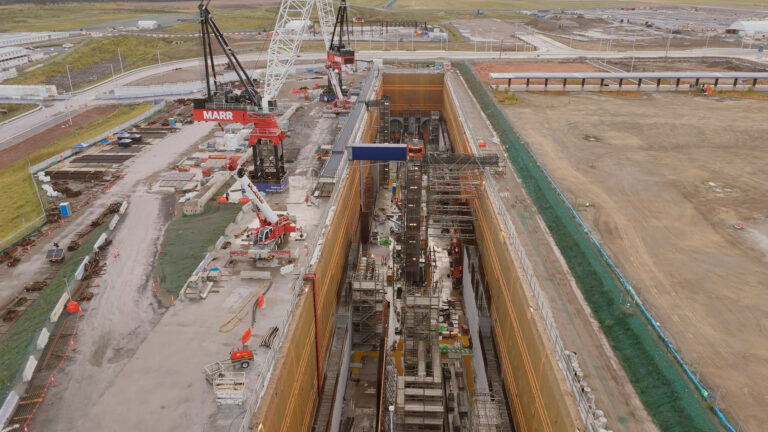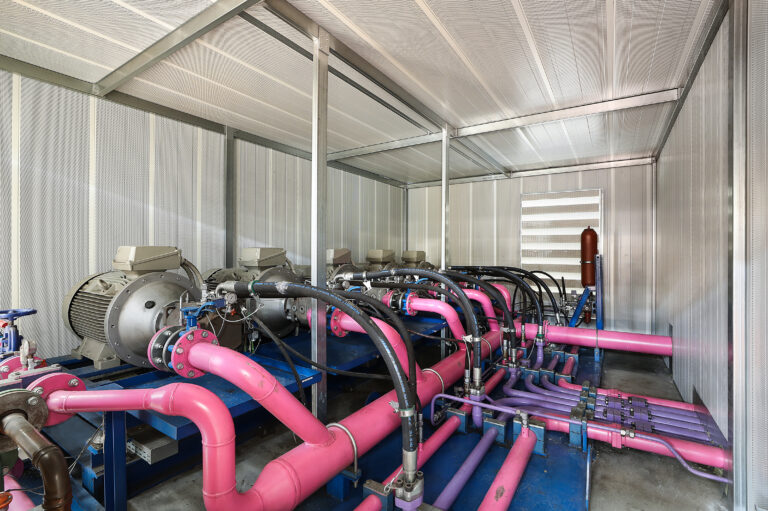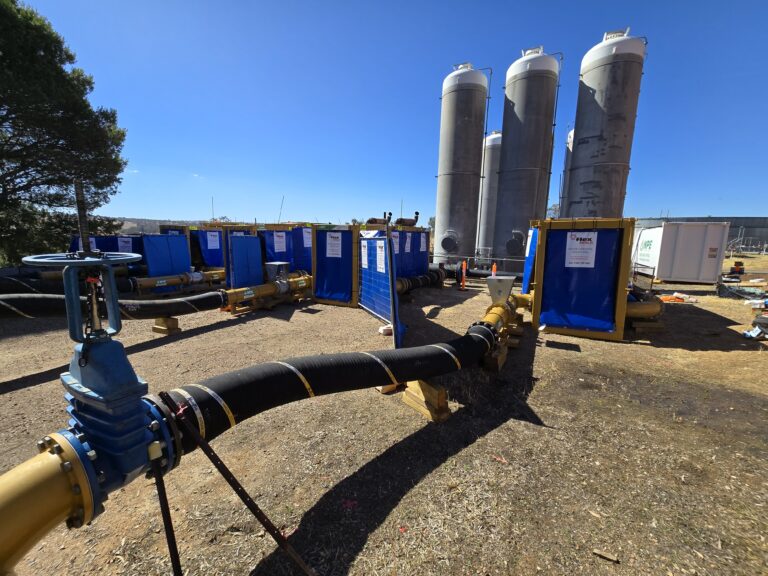How to approach industrial noise control on complex projects
7 considerations when specifying acoustic solutions Industrial noise rarely resolves itself. That’s why, whether you’re working to reduce on-site exposure, contain emissions for compliance, or protect productivity, acoustic performance must be engineered into the solution, not simply bolted on as an afterthought. At AcousTech, we collaborate with consultants, engineers and project teams to design and…
7 considerations when specifying acoustic solutions
Industrial noise rarely resolves itself. That’s why, whether you’re working to reduce on-site exposure, contain emissions for compliance, or protect productivity, acoustic performance must be engineered into the solution, not simply bolted on as an afterthought.
At AcousTech, we collaborate with consultants, engineers and project teams to design and deliver acoustic systems that are technically accurate, operationally practical, and tailored to their environment.
Here are seven critical factors to address when planning industrial noise control for your project.
1) Identify where the noise is coming from
Understanding the noise source is the first step. It might be a high-pressure pump, an idling generator, or a grinding process that runs eight hours a day. Each source has a unique sound pressure level and acoustic footprint that demands a targeted response.
AcousTech insight
We begin every project with sound level assessments and noise mapping to determine whether isolation, shielding, or full containment will achieve the best result.
2) Measure the frequencies involved
Some materials block high-frequency noise well but fail to manage low-end rumble. Others provide broadband performance across a wide range of industrial noise types. The only way to select the right system is by analysing the problem sound’s frequency content.
AcousTech insight
Our team uses spectral data to inform material choice, ensuring the acoustic response addresses the actual problem – not just the perceived one.
3) Understand how sound travels through your site
Sound doesn’t always take the direct path. Reflections, flanking transmission and open-air movement can all compromise performance. Left unaddressed, these pathways can render a partial solution ineffective.
AcousTech insight
We use advanced predictive modelling and site data to plan sound containment systems that account for geometry, construction materials, access points and airflow.
4) Ensure your approach meets Australian Standards
In Australia, noise control is governed by specific standards. AS 1055 focuses on environmental noise impacts, while AS/NZS 1269 outlines safe exposure levels for workers. A compliant project needs more than guesswork, it needs data.
AcousTech insight
Our solutions are engineered to help our clients meet their obligations, without overspending or underperforming. We balance performance and practicality to ensure long-term confidence in compliance.
5) Manage the echo and reverberation within enclosed spaces
In workshops, plant rooms and sheds with reflective surfaces, noise lingers. This adds to overall exposure and reduces communication clarity. The longer sound persists, the higher the distraction and the greater the risk.
AcousTech insight
We incorporate sound-absorbing materials that reduce reverberation time and ensure the space remains workable, safe, and within acceptable acoustic limits.
6) Select the right materials for your site conditions
The best acoustic strategy will fall short if the materials used aren’t suited to the environment. Factors like exposure to dust, moisture, temperature shifts, and access requirements must shape the final design.
AcousTech insight
We offer purpose-built acoustic doors, enclosures, louvres and panel systems that can be integrated without compromising ventilation, safety or maintenance access.
7) Think long term, not just short term
Investing in a robust acoustic solution should deliver value well beyond the initial installation. Performance degradation, damage from forklifts, or difficulty servicing the system will cost more in the long run.
AcousTech insight
We prioritise durability and system resilience in every design. Our acoustic systems are built to perform year after year under real-world operating conditions, not just in a test lab.
Acoustic solutions with engineering integrity
Noise control should never be an afterthought. It affects productivity, compliance, and workforce wellbeing.
Yet with the right technical partner, it is possible to manage risk, enhance efficiency, and create a safer site, all without disrupting your operations.
To discuss your project and discover what’s possible when acoustic expertise meets industrial design, call AcousTech on 1300 508 232.
Trusted by engineers, built for performance. Powered by Flexshield.
That’s the Science of Silence.
Related Stories
-

How construction in 2026 will reshape Australia’s infrastructure
Projects where clever acoustic solutions have a critical part to play Australia is deep in the midst of a building era that will define our next generation of cities, transport networks, energy corridors and health… -

The advantage of specifying high-performance acoustic materials
Unpacking the long-term benefits of choosing more robust solutions Noise is a known variable in industrial environments. What matters is how it’s managed. In high-output facilities, the acoustic load can influence everything from operational flow… -

Why building for longevity requires better noise control
Custom solutions for infrastructure engineers and contractors Australia’s infrastructure landscape is evolving fast. From the Bruce Highway upgrades to the Inland Rail and the Australia-Asia Power Link, these nation-building projects aim to support population growth,…